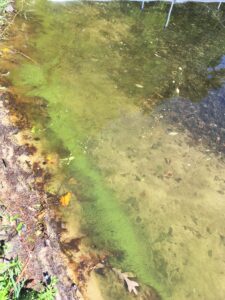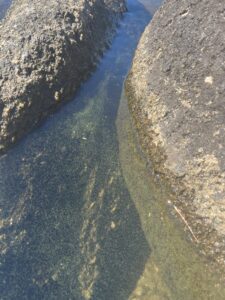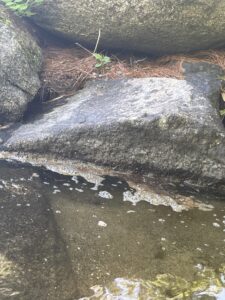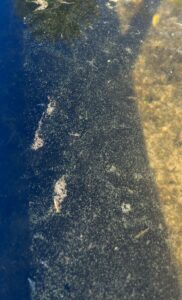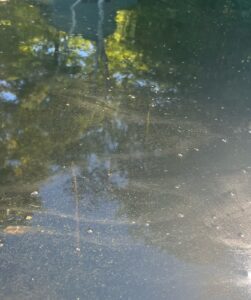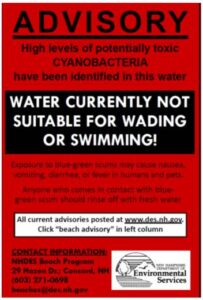On behalf of the LKWA, we are pleased to share with you the final Lake Kanasatka Watershed-Based Management Plan prepared by FB Environmental Associates. This document details a comprehensive study of the Lake and its watershed to gain a deeper understanding of the dynamics contributing to cyanobacteria blooms. In addition to research into water quality, shoreline conditions, and other factors, the Plan identifies opportunities for us to mitigate areas of concern to help stem future blooms.
The most important lesson from this process is that we can and must work together to achieve great things, and protecting Lake Kanasatka is one of the greatest things we can do.
The full plan can be accessed at https://fbenvironmental.com/PDF/Kanasatka/LakeKanasatka_WMP_Final_20220816.pdf. Hardcopies will also be available to view at Moultonborough Town Hall and the Moultonborough Public Library. Please direct any questions or comments to [email protected].
Kirk Meloney, President LKWA, On behalf of the LKWA Board and the Watershed Management Committee
CYANOBACTERIA ADVISORY IN EFFECT AS OF AUG. 29, 2022
We are still under the NHDES cyanobacteria advisory issued 8/29/22, and plan to re-test on Tuesday, instead of Monday (typically one week after an advisory is issued) because of the holiday weekend. Anticipating questions about the water going into this weekend, we had several sets of eyes out there this morning to check conditions, as a volunteer courtesy. We were able to directly cover about 75% of the perimeter, by land or kayak or both, and some areas out in the middle. Thank you to all who helped today!
Takeaways:
- This bloom started appearing Sunday, was worse on Monday and moved to other places on Tuesday, looked better Wednesday, but is still active
- There were blooms, evidence, and/or bloom activity on a significant portion of the lake this morning, regardless of where we looked. It varies from location to location. Some areas are clear, but we see activity again only a few properties away
- Bloom activity is showing up today in many forms: murky/cloudy/greenish water with less water transparency, little specks in the top portion of the water column, those specks accumulating on the top of the water and forming striations and surface scums, and full-blown blooms as scums and thicker accumulations along the shoreline – see photos. Foam, especially if slightly brown in color, can be decaying cyanobacteria or some other organic matter (plain bubbles are usually a sign of a break in the surface tension of the water)
- These signs are appearing along the shoreline, a yard or more out from shore, along or at the end of docks, and also further out from shore and in the middle sections of the lake. It is moving, and appearing or disappearing depending on when you look
- These signs are seldom visible from a moving powerboat or even a slowly moving kayak, and are harder to see under cloudy skies or where the wind/waves/wakes disturb the water surface. They are easier to see in calmer water. Sometimes they are hard to see on the surface of the water from one direction in the light, and easier from another angle
- We are seeing the cyanobacteria change and move and accumulate rapidly. Blooms can appear and then disappear in as little as 10-20 minutes or as much as 1-2 hours. We typically see them more often in the morning
Despite this update, please be vigilant and use your own observation and judgement. It may be clear and safe in your area. We recommend avoiding exposure in areas you see more concentrated surface accumulations and scums (more likely to be close to or over the 70,000 cells/ml threshold), even hours after conditions have cleared as toxins may still be present — especially with children and pets, as they are smaller and tend to get it in their mouth, nose, and eyes.
